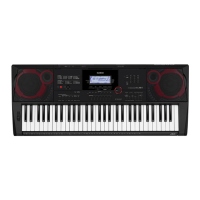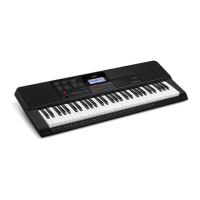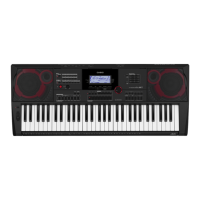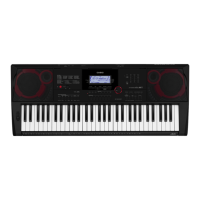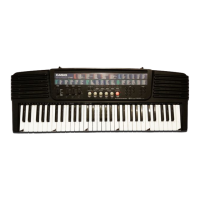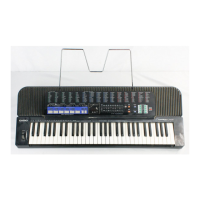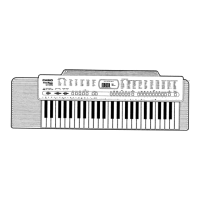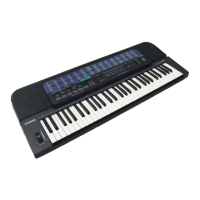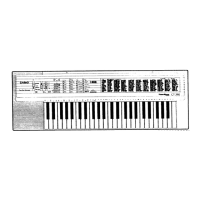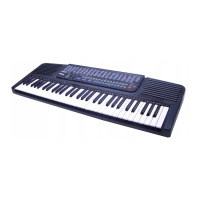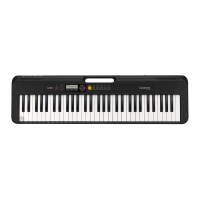What to do if Casio CT-X9000IN shows Err No Media?
- KKrystal MoranAug 16, 2025
If your Casio Electronic Keyboard displays 'Err No Media', the issue may stem from problems with the USB flash drive. Here are a few things to check: * Ensure the USB flash drive is correctly plugged into the port. * Avoid removing the USB flash drive while the keyboard is performing an operation. * Make sure the USB flash drive is not write-protected; write-enable it if it is. * The USB flash drive should not be protected by anti-virus software.
